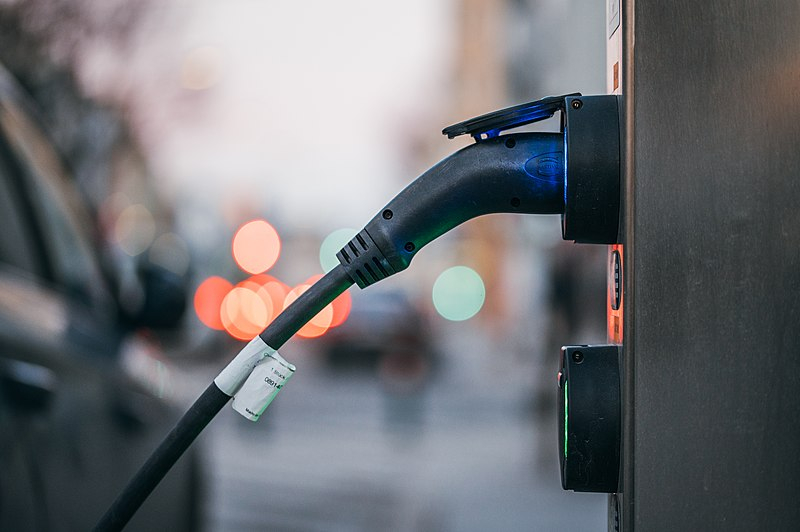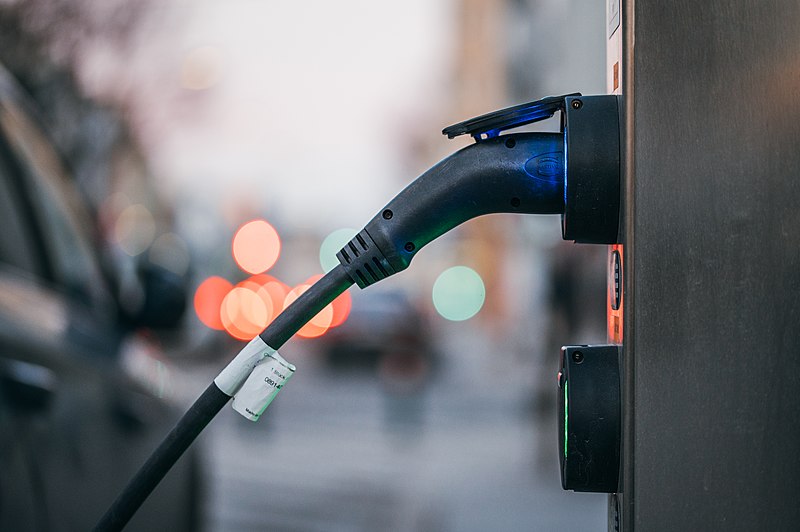To get there, though, we need more than just affluent Americans to be on board. (In 2021, the average new EV buyer was earning more than 125k a year.) Lower-wage workers have long been priced out of the EV market, and although the purchase price of EVs is decreasing steadily – mainly because batteries are getting cheaper – more needs to be done to level the income disparity in today’s EV market.
Electric driving is no longer just a luxury experience. These days, most manufacturers are producing cheap-and-cheerful models with pared-down options, allowing many more of us to go green. A great example is the Nissan Leaf. Granted, it’s still quite a bit more expensive than its gasoline counterpart, but at around $27,400 (before tax credit), it’s a fraction of the price of earlier EV models.
To help drivers embrace EVs, governments at the local, state, and federal level are offering a range of incentives – both for buying cars and installing charging units. These incentives are open to anyone interested, at least in theory. In practice, though, the money from these tax credits and rebates is raked in mainly by higher-income households. Take California, for example. Only about 18% of the one billion dollars paid out by the Clean Vehicle Rebate Project has gone to lower- and moderate-income workers.
Why? Lower-income workers may not be aware these opportunities are out there, for one, or know where to get the information they need to apply. Plus, the forms can be difficult to fill out. Also, lower-wage workers often work long hours, having other, more urgent matters to attend to when getting home. Add to this the fact that there are quite a few caveats that may cause the application to be turned down in the end. As you can tell, these incentives and their application process are not for everyone.
By limiting incentives to those who need them most, you can ensure the money lands in the right pockets. That’s the pockets of those, who won’t be able to go electric without it: lower- and moderate-income communities.
EVs are still pretty pricy – in April 2021, the average EV sold for a little over $51k. To finance one, you’d need to be able to pay the car upfront or take out a (high interest) loan, while the incentives you may have applied for will be paid out much later. By providing everyone, even people with lower credit scores, with affordable loans when buying an EV, you’d allow moderate to lower-income households to go electric.
In most cities, the number of public EV charging points in lower-income communities is far less than in more affluent areas. If governments and utilities want Americans across the board to, well, get on board, this will need to change. It’s simple math: if you’re not able to charge your electric car where you live, it’s not likely you’ll ever buy one. Luckily, charging infrastructure is improving, with gas stations, apartment buildings and workplaces offering charging points for their communities, so there is hope out there.





